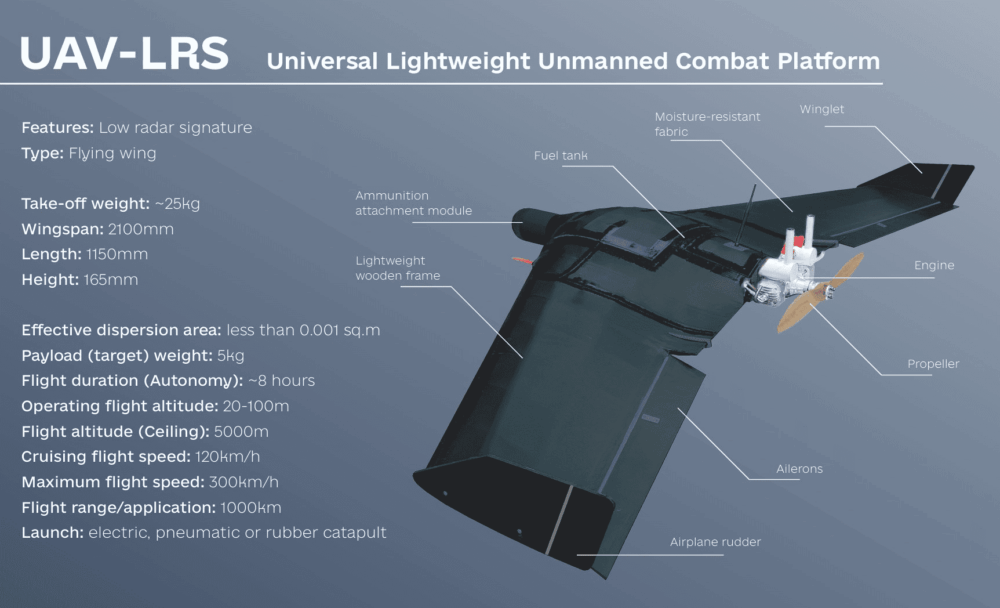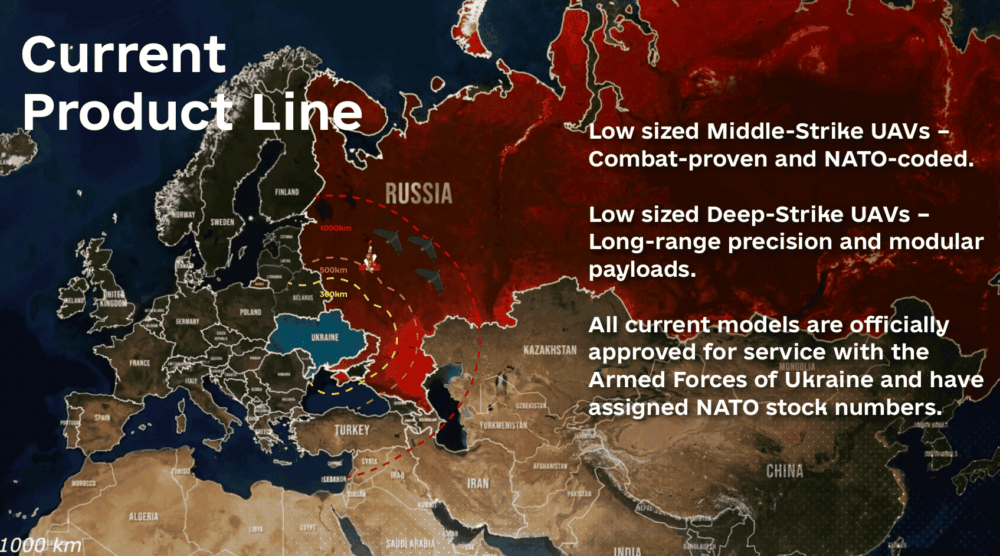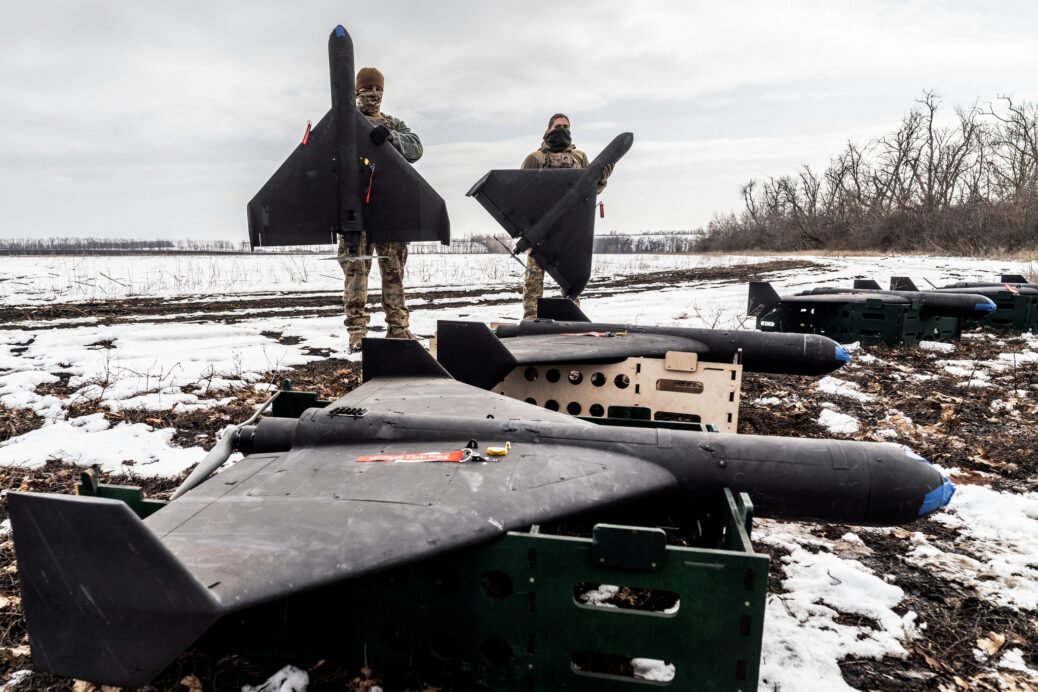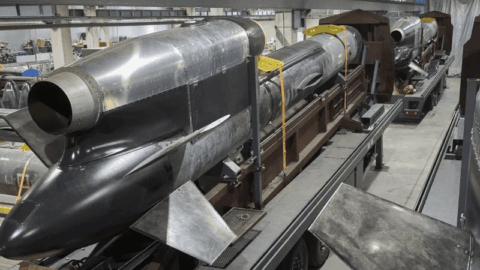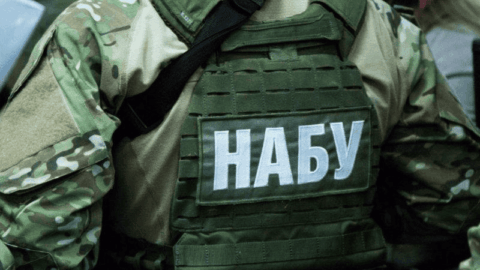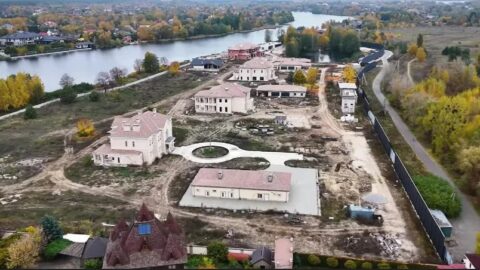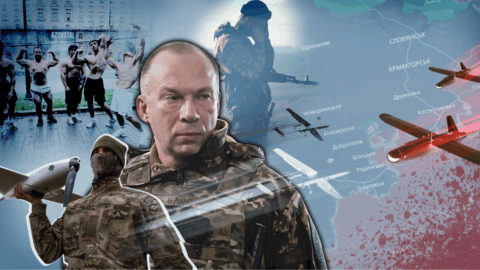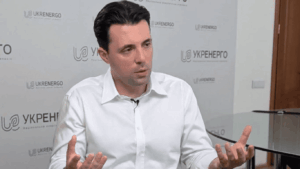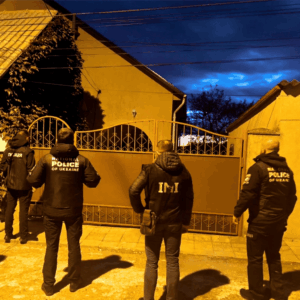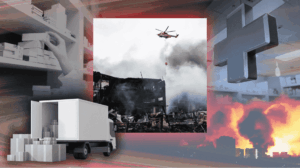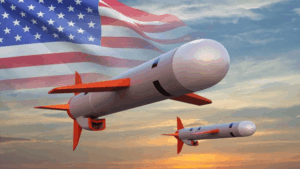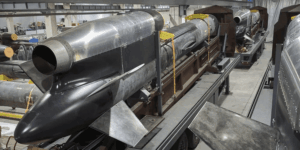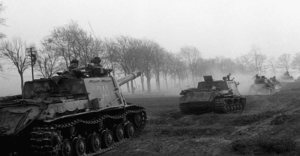The drone war needs systemic counter-drone defense and quality deep-strike capability, but is undermined by populist choices, inflated profits, and the liquidation of high-quality units.
What to expect from the drone war?
FPV battlefield drones will become more autonomous, but they still won’t be able to do without pilots and crews. It was reported by Yuriy Kasyanov.
Pilots will increasingly operate remotely. Pilots today are the main resource of the war.
FPV quadcopters and aircraft like “Molniya” and “Darts” will start flying even farther, disrupting logistics.
The death zone may expand to 60–80 km.
You can’t win this drone race just by stringing nets over roads and welding grilles onto vehicles.
An effective counter-drone air-defence system is needed, one that includes various sensors — acoustic, optical, radars, reconnaissance and interception drones, gun systems and miniature missiles.
This requires a state program, consolidation of all forces, yet such work is not being done. We’re probably waiting until ubiquitous Fire Point receives another billion-dollar tranche from the Danish government for this system.
The same work should be done to create a national AD system against Shaheds and cruise missiles.
Populist “simple solutions” based only on “drone AD,” generated by the “office of simple solutions” of dilettantes and reactionaries, obviously do not work. Everyone sees the heavy consequences of this rampant populism — Shahed strikes are increasing, the energy sector is barely breathing, and winter is ahead.
Wrong decisions can turn into social tension and a political crisis.
Despite the avalanche-like increase in production and use of FP-1 deep-strike drones by the Fire Point company, there is no breakthrough in long-range unmanned attacks.
Yes, refineries are burning, even at distances of over 1,000 kilometers, which pleases the average layperson, but professionals know perfectly well that distance is not the only measure of effectiveness.
It is much harder to overcome EW and air defence, so they attack targets deep inside Russia where air defence is weak. And if it were reported how many drones were used to set yet another refinery on fire, the “victory” would no longer look so convincing.
Because victory at any price is defeat. But while the Danes and Germans are paying for these operations, Fire Point is earning fantastic profits on pretty footage.
Very soon the enemy will strengthen AD on the border and front line to such an extent that all our deep-strike drone attacks will end exactly “on the tape.” Because, to the detriment of quality and AD-penetration capability, manufacturers chase quantity — because that’s big money.
Our disbanded unit was the only one in the past year that reached the center of Moscow, where the strongest AD in the world is. We did not chase numbers; we worked with quality, developing experience and technologies to overcome the enemy’s deeply echeloned AD.
At the time of liquidation, a new long-range drone — over 1,000 km, built with “stealth” technology and costing no more than $10,000 (super cheap for long-range drones) — was 80% ready.
Five flight prototypes and a unique electric catapult now lie in a looted hangar.
Work has stopped, the team has been dispersed, the unit liquidated. Do you want to know why we are losing the drone war? — Because there are stupid, arrogant show-offs and outright enemies inside the country.
By the way, where is “Flamingo”?..
